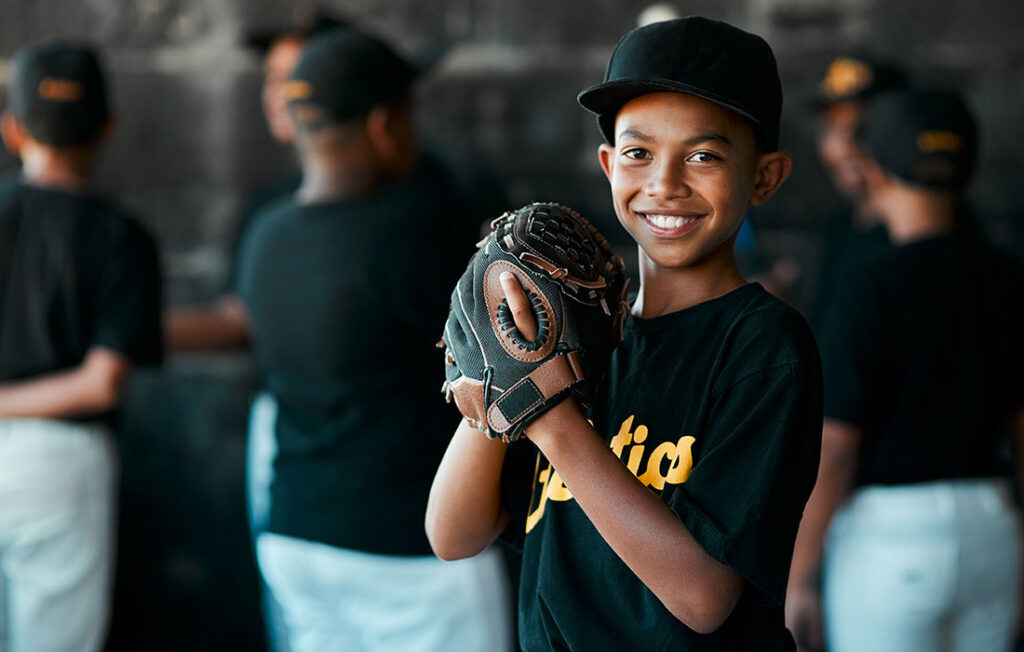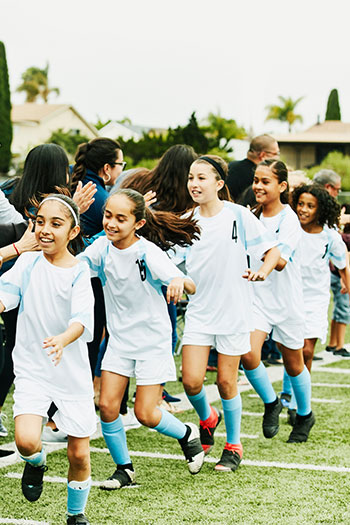Recognizing Abuse and Misconduct Is the First Step in Addressing It

Athletes deserve abuse-free environments. U.S. Center for SafeSport resources help coaches, administrators, volunteers, and others know how to spot harmful behavior.
We participate in sport for reasons as individual as each athlete. Families sign up their children for youth leagues to have fun and learn the values of teamwork and sportsmanship. Ambitious adolescents and young adults might have bigger goals in mind, such as all-state glory or even a college scholarship and beyond.
In every case, safety should be top-of-mind: do athletes have the right equipment and adequate facilities? Are coaches and trainers knowledgeable about things like hydration and treatment of sports injuries?
Alongside these requirements is another “must-have”: that sport environments are positive, supportive places free from abuse and misconduct.
“A safer sport environment is culture, it’s not just about compliance, it’s a way to provide psychological safety and physical safety for your players.”
Chanel Wiese
executive director of the Somos Unidos Foundation,
the non-profit arm of New Mexico United’s Soccer Academy
The U.S. Center for SafeSport’s Emotional & Physical Abuse & Misconduct Toolkit was created for coaches, volunteers, administrators, and others who work directly with young athletes. A key component of the toolkit is learning how to recognize different forms of abuse and misconduct and what they can look like in a sport setting. Recognition is a foundational step in responding to and preventing abuse.
Research shows that abuse and misconduct in sport often have roots in power differences. These power imbalances are most obvious in the coach-athlete relationship but can also be present among athletes. Being aware of common power differences can help coaches, parents, and others spot potentially harmful situations.
The Center’s toolkit details five categories of abuse and misconduct:
- Emotional misconduct
- Physical misconduct
- Bullying
- Harassment
- Hazing

The toolkit then gives examples of each, outlines healthier alternatives, and lays out real-world scenarios to help participants recognize when common sport behaviors escalate into misconduct.
Hazing, for instance, is described in the toolkit as “conduct—either physical, mental, emotional, or psychological—that may abuse, degrade, intimidate, or put a person in danger in order to join or be socially accepted by a group.” Examples of hazing include older athletes forcing younger athletes to drink to excess or starters on the team making rookies wear degrading clothing. It’s a serious problem; alleged hazing resulted in the cancellation of the remainder of New Mexico State University’s 2023 men’s basketball season.1
Keep in mind, it’s more important to recognize inappropriate or harmful behavior than it is to strictly categorize it. We all have our own relationship with sport. But one thing is universal: sport should be a healthy and uplifting experience for all. Recognizing that the behavior is wrong—and acting to stop it—is the key.
References
- Deaver, Colin. “NM State Cancels Rest of Men’s Basketball Season after Hazing Allegations Detailed.” KTSM.Com. February 2023. Accessed February 21, 2023. https://www.ktsm.com/news/false-imprisonment-sexual-contact-among-hazing-allegations-against-new-mexico-state-mens-basketball-players/.
